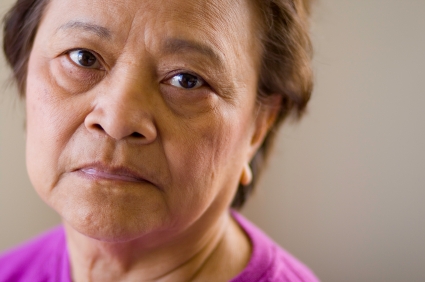
New data may help doctors more accurately diagnose patients
The expectation that East-Asian people emphasize physical symptoms of depression (e.g. headaches, poor appetite or aches/pains in the body) is widely acknowledged, yet the few available empirical studies report mixed data on this issue. A new study from the Centre for Addiction and Mental Health (CAMH) debunks this cultural myth, and offers clinicians valuable insight to into cultural context when assessing a patient, leading to more accurate diagnosis.
Lead by CAMH Clinical Research Director Dr. R. Michael Bagby, in collaboration with Dr. Andrew Ryder, Concordia University, Steven Heine, University of British Columbia and a number of collaborators from Second Xiangya Hospital of Central South University, People’s Republic of China, this study recruited more than 200 participants, half from an outpatient clinic in China, and half from a clinical research department outpatient clinic at CAMH, and tested two central hypotheses: 1. East-Asian participants will emphasize somatic or physical symptoms of depression more than North American participants, and 2. North American participants would emphasize psychological symptoms of depression (e.g. report feeling sad, crying spells, or a loss of self-confidence) more than East-Asian participants. Dr. Bagby and his team also wanted to examine the role stigma and alexithymia (difficulty using words to describe emotions) play in how each culture presented and expressed depression symptoms.
This rigorous work is one of only a few studies to address these questions with a direct cross-cultural comparison of clinical patients. Also, it is the only study to use three assessment tools (spontaneous report of problems during unstructured discussion with doctor; clinician-rated symptoms in a structured clinical interview; and a symptom rating scale in questionnaire form) translated into both English and Chinese (Mandarin) and modified to address cross-cultural differences.
As Dr. Bagby explains, “the onset of depression triggers a biological response that takes place within a specific social context, resulting in a cascade of somatic and psychological experiences that are interpreted through a particular cultural lens. Careful translation and adaptation of our assessment tools helped us clarify if different approaches lead to different symptom profiles and conclusions about patients.”
Overall, the data demonstrate a consistently greater level of psychological symptom reporting in the North American sample, regardless of assessment tool. This suggests a tendency for Western cultures to emphasize psychological symptoms of depression (psychologization), rather than a tendency for those from East-Asian cultures to emphasize physical symptoms (somatization).
East-Asian participants did report a significantly higher level of somatic symptoms when reporting through the spontaneous interview and structured clinical interview. Also, these participants reported higher levels of stigma and alexithymia. A refined examination of this link revealed that the observed cross-cultural differences in somatic symptom scores relates, in part, to cultural differences in internally versus externally oriented thinking. This suggests that people who do not frequently focus on their internal emotional state are more likely to notice somatic symptoms.
While this data may help clinicians be more aware of how culture can impact how people talk about their illness, this data does not constitute a norm for depression worldwide. More work should be done to understand the interaction of biology, culture and individual differences in predicting variations in how people present symptoms of depression.
Source: Centre for Addiction and Mental Health via Eureka Alert
